The symbolism of the cat in art and culture has changed throughout history. Their impact has influenced various cultures in different ways. Their symbolism has evolved by reflecting the beliefs and values of different periods.
The Cat in Ancient Times
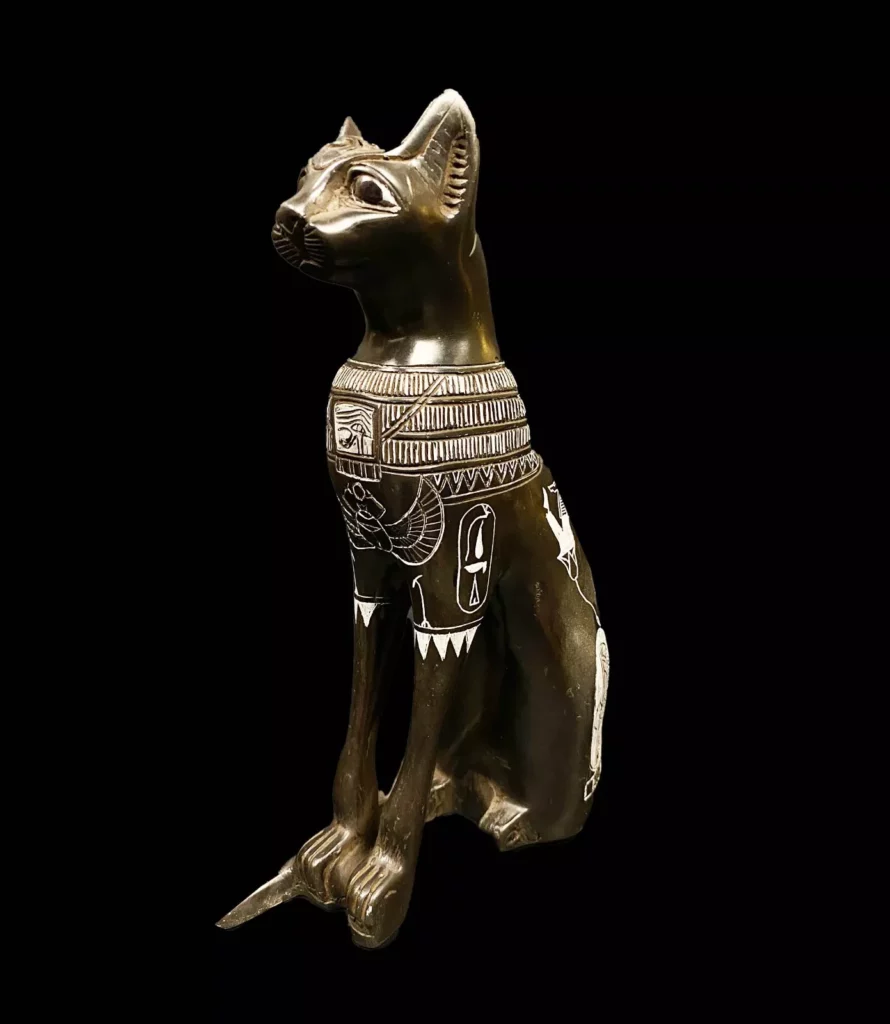
Author Terry Pratchett has been credited with a remark that expresses well the personality of the cat: “In ancient times, cats were worshipped as gods. They have not forgotten this.” In ancient Egypt, we encounter the goddess Bastet, often depicted with the head of a lioness or domestic cat. Bastet symbolized home, fertility, and protection, and thus Egyptians revered their cats.
In ancient Rome, the cat received veneration through an association with Diana, goddess of the hunt, the moon, chastity and virginity. In those days it was believed that a cat’s ashes possessed magical powers. If they were scattered over a farmer’s field, they would ward off harmful insects and animals.
The Cat’s Role Has Gone Through Many Changes
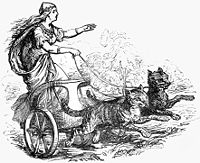
During the Middle Ages in Europe, folks perceived cats in a much more negative way. These superstitious beliefs were reinforced by the Church, who associated cats with witches and witchcraft. Many cats, especially black cats, were considered bad omens, and a great number of cats were killed during this time.
As a contrast, in Norse mythology, the goddess Freya traveled in a chariot drawn by a team of cats.
The first English novel, written 150 years before Robinson Crusoe, was a comic book called “Beware the Cat.” This playful but pointed novel was an anti-Catholic mockery, ridiculing Catholic superstitions and rituals.
From Renaissance to Modern Times
During the Renaissance, many artists began to show cats as companions and symbols of independence. Artists like Leonardo da Vinci and Albrecht Durer included cats in their works. In the 17th century, Abraham Teneers painted his “Barber Shop with Monkeys and Cats”.
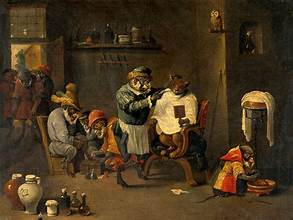
Modern art further evolved the imagery of cats. The 19th and 20th centuries saw artists like Édouard Manet, Pierre-Auguste Renoir, and Balthus incorporating cats into their paintings. These works often explored themes of sensuality, mystery, and domesticity, showcasing the versatile symbolism of cats.
In the 20th century, Picasso painted “Cat Devouring a Bird,” showing the ferocious nature of this small animal.
Understanding the historical significance of cats in art and culture helps us appreciate the varied and evolving perspectives on these animals. They reflect societal changes and the complex relationship humans have had with felines over centuries.
Cats as Symbols in Various Cultures
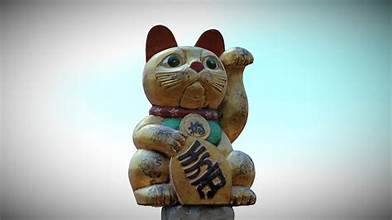
The cat has held unique and often revered positions in cultural mythology and art. Depending on the historical period, their symbolism can range from good fortune to mystical entities. Their history might be intertwined with the divine, as Bastet in ancient Egypt, or as a symbol of good luck and prosperity, as the Japanese Maneki-neko, or “beckoning cat.”
In contrast, Celtic people saw cats as associated with the Otherworld and believed that the cat could travel between worlds. They were thought of as the guardians of the spiritual realm. Depending on the culture, cats might be seen as divine messengers or demonic creatures. Native Americans might see them as totems or spirit animals. They represent independence, curiosity, and mystery.
The Ogalala Sioux believed cats to be sacred, with the ability to see into the spiritual world. Their purpose was to protect us from evil spirits and negative energy.
Cats Often Associated With Change
Cats have often had an association with change or transformation. It is said that if you see cats in dreams, they can be associated with intuition, wisdom, and psychic abilities. They are aligned with independence, femininity, and sensuality.
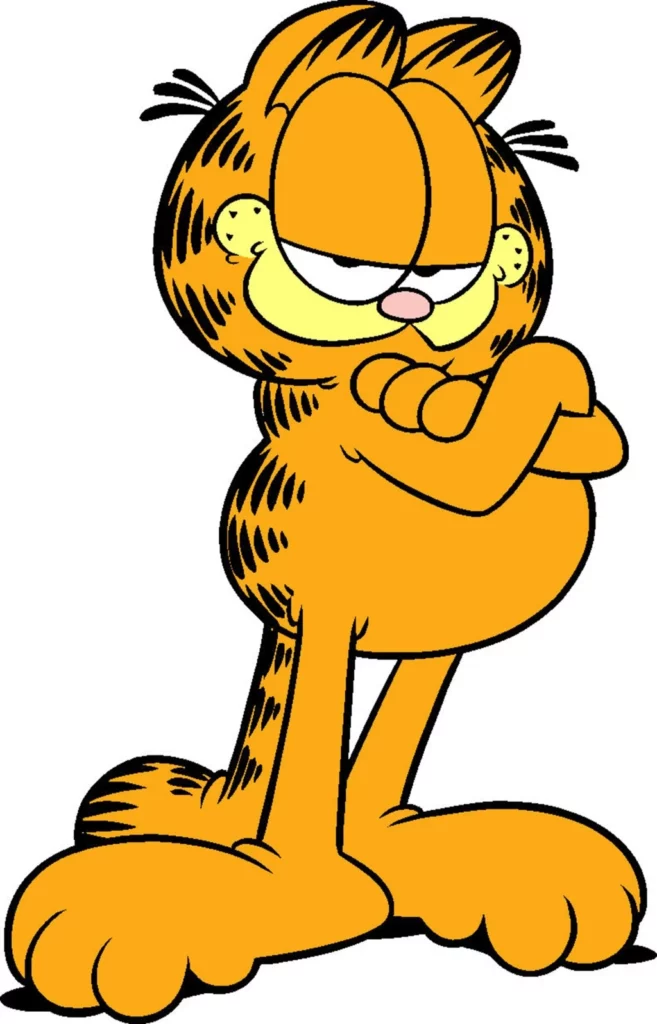
It is said that cats have a strong connection to the psychic realms and can act as spirit guides. In paintings, they are often shown as companions, hunters, and symbols of mystery or magic.
American pop culture showcases cats in a more modern light. From comic strips like “Garfield” to internet fame with “Grumpy Cat,” felines have become icons of independence and relatability. This shift highlights cats’ adaptability and enduring charm.
Understanding these various cultural representations enables a deeper appreciation for how societies view and interpret the feline mystique. Each culture adds layers to the symbolic tapestry, painting a comprehensive picture of cats’ roles throughout history.
Interpretations of Cats in Different Art Forms
Cats have inspired countless artists and storytellers across various media. Their intriguing presence and enigmatic nature allow for diverse interpretations.
In literature, cats range from whimsical companions in children’s books to complex symbols in adult fiction. Characters like the Cheshire Cat in “Alice’s Adventures in Wonderland” embody mystery and mischief, while works such as Edgar Allan Poe’s “The Black Cat” delve into darker symbolism.
In painting and sculpture, artists have long utilized cats to convey different emotions and themes. Impressionists like Pierre-Auguste Renoir often depicted cats as symbols of comfort and domesticity. Meanwhile, Surrealists like Balthus used cats to explore themes of sexuality and subconscious desires.
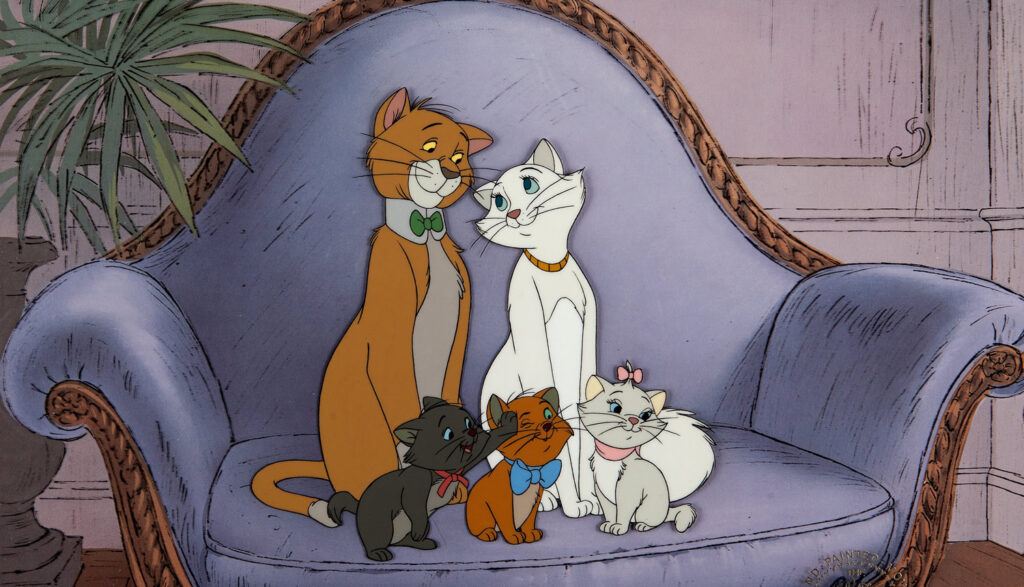
Cinema has also shaped our perception of cats, often portraying them as aloof and independent creatures. Films like “The Aristocats” and “Cat on a Hot Tin Roof” capture various aspects of feline elegance, mystery, and affection. Cats in movies often become metaphors for independence and intrigue.
Digital media and pop art have pushed feline symbolism into the realm of modern culture. Internet cats achieve instant fame, becoming memes that reflect and amplify cultural sentiments. Artists like Andy Warhol have also immortalized cats, giving these animals a timeless presence in contemporary art.
Exploring cats across these art forms reveals their multifaceted roles in human storytelling. Each interpretation opens a window into our collective psyche, offering insights into societal norms, fears, and fascination
Cultural Perceptions and the Future of Feline Symbolism
Over time, cultural perceptions of cats have shifted significantly. Today, these animals are seen in a much more positive light compared to previous centuries. This evolution reflects broader changes in human society and attitudes towards animals.
In contemporary society, cats symbolize independence and mystery more than ever before. The rise of pet ownership and advocacy for animal rights have contributed to this positive perception. Cats are now celebrated for their unique personalities and their ability to form deep bonds with humans.

Internet culture has played a massive role in reshaping feline symbolism. Memes and viral videos featuring cats have turned them into icons of the digital age. Figures like “Grumpy Cat” and “Lil Bub” achieved global recognition, demonstrating the universal appeal of cats. These internet phenomena have also highlighted the playful and quirky aspects of feline behavior.
Looking ahead, the portrayal of cats in art and culture will likely continue to evolve. As society becomes more inclusive and diverse, we can expect to see even richer and varied representations of cats. Artists and creators will undoubtedly explore new themes and perspectives, reflecting our ever-changing relationship with these captivating animals.
Understanding these shifts helps us appreciate the complex and dynamic symbolism of cats. They will likely continue to be a source of inspiration, embodying qualities that resonate deeply with human experiences and emotions. Whether in ancient temples or modern digital landscapes, cats will remain enduring symbols of mystery, elegance, and charm.
References I used for this post:
https://interestingliterature.com/2021/03/cats-symbolism-in-literature-and-art/
https://symbolismguide.com/cat-symbolism/
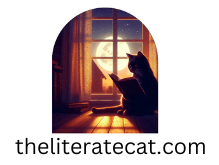
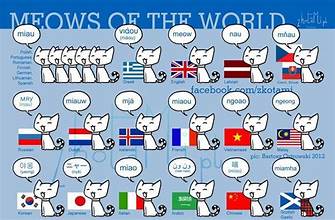
This is a magnificent survey of feline symbolism! I have created a slide-show of cats in science fiction and fantasy which I show at science fiction conventions and I missed many of these great cultural beats. Thank you so much, Fran, for enriching my knowledge of cats in symbolism and culture. You are the best! Many purrs and head-butts from me and Samurai and Scaramouche!
Thank you, Mary! It seems there’s something new to learn about our feline buddies every day. Glad you enjoyed the post…that means a great deal to me.